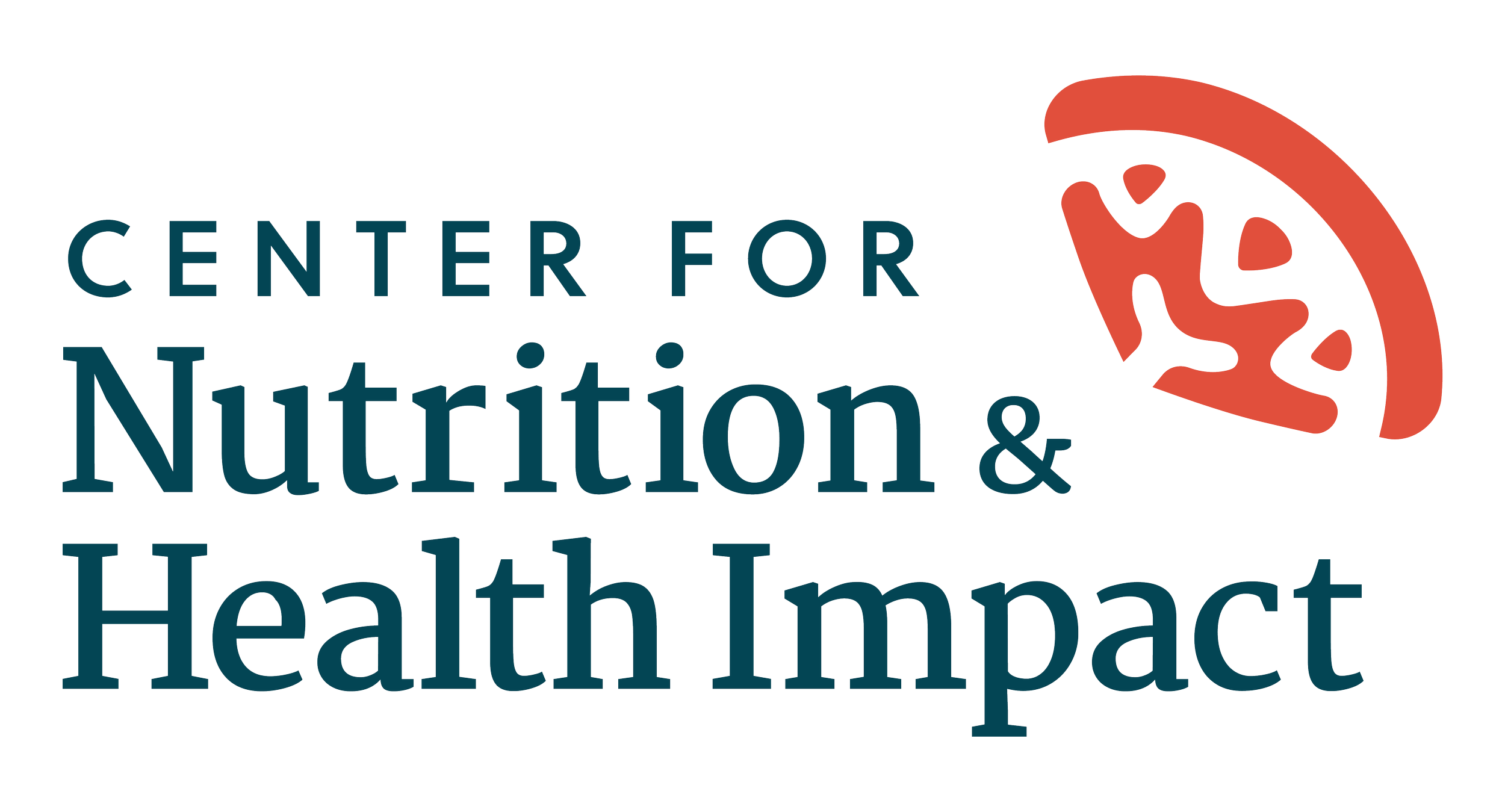Native American Heritage Month 2023
Native American Heritage Month
“Food sovereignty and returning to traditional food ways can be a path to food security.”
- Mackenzie Sachs, Registered Dietitian at FAST Blackfeet
------- + -------
Native American communities have always held a deep relationship with the land, viewing food as a teacher, healer and spiritual connectivity. Each November, Native American Heritage Month celebrates Native American people - their unique cultures, perspectives and foodways - and presents an opportunity to bridge the gap between Tribal communities and national public health policy.
Originally coined by La Via Campesina at the 1996 World Food Summit, “food sovereignty” is generally defined as the ability of communities to grow, harvest, process, distribute and consume their own food. While a relatively new concept, the principles of food sovereignty align with many Native American traditions that have existed for thousands of years. When Euro-American colonizers settled in North America, they dispossessed Native American people of their property and resources, and forced them to leave their ancestral lands. Native American tribes lost access to their traditional foods and were expected to assimilate to “Western” culture, resulting in low food security. This included drastic changes to their diets, food practices and ability to trade and make a living.
Over 400 years later, Tribal communities continue to grapple with the impacts of colonialism and systemic racism that affect food access, such as:
Financial inequities
Lack of reliable transportation
Geographic proximity to supermarkets
Limited availability of produce due to cost, supply chain logistics
Ability to store perishable produce
Pictured above (left to right): Food Pantry Assistant Anna Byrd, Member of the Blackfeet Tribe and Office Manager Fallan Maggi, Former Education Nutrition Specialist Thedra Bird Rattler, Ben Powell, Member of the Blackfeet Nation, Member of the Eastern Shoshone Nation and Executive Director of Food Access and Sustainability Team Blackfeet Danielle Antelope, Jonathan Dog Taking Gun, Growing Health Program Manager Marissa Bremner, Registered Dietitian Mackenzie Sachs and Member of the Blackfeet Tribe and Ō’yō’·ṗ’ Pantry Manager Cindy Salway.
To identify how to impact change for food and nutrition security among Native Americans, it is important to understand how food sovereignty and food security intersect. According to a 2021 systematic review, there is “strong evidence from across the globe indicating that food sovereignty and the right to food positively influence food security and adequate nutrition outcomes.” In other words, food sovereignty and food security are inextricably connected.
For many Native Americans today, reclaiming Tribal food sovereignty means creating sustainable, functioning, equitable food systems and restoring traditional food production and distribution processes. This empowers communities to become change agents in their own food systems.
At the federal level, there have been significant strides in the fight for Tribal food sovereignty and food security. Released in September 2022, the Biden-Harris Administration’s National Strategy on Hunger, Nutrition, and Health vowed to “support food sovereignty, improve access to traditional foods and ensure Tribal communities are equitably served in federal programs.” Government agencies, such as the United States Department of Agriculture (USDA), are committed to “supporting indigenous foodways, empower indigenous agricultural economies and improve indigenous health through traditional foods.” In August 2023, USDA signed contracts with eight Tribes for new Food Distribution Program on Indian Reservations (FDPIR) Self-Determination projects.
However, it takes more than policy change and federal food assistance programs to advance Tribal food sovereignty. It takes community members who are passionate about eliminating the barriers to traditional food access and rebuilding a system centered on self-determination, health equity and food justice.
Pictured above (left to right): Registered Dietitian Mackenzie Sachs and Former Nutrition Education Specialist Thedra Bird Rattler who developed and delivered much of FAST Blackfeet’s group nutrition education from 2020 to 2023.
While some federal nutrition assistance programs have been noted as imposing Western diets on Native peoples, Gus Schumacher Nutrition Incentive Program (GusNIP)-funded grants allow more accommodation of access to cultural foods and strengthening Tribal food sovereignty.
But it goes beyond connecting Tribal communities to food. Because of varying needs based on culture, geography, size, history and resources, a tailored approach must be considered when produce prescription programs are implemented. A 2021 case study published in the Journal of Agriculture, Food Systems, and Community Development, outlines how the Yukon Kuskokwim Delta region in Alaska, and the Navajo Nation, which spans parts of New Mexico, Arizona and Utah, have implemented produce prescription programs funded under GusNIP. While both programs experienced similar challenges, GusNIP empowered these two communities to tailor their programs to include local and cultural design, messaging and education.
Both programs created localized solutions that allowed participants and their families to benefit, as well as create economic benefits to area growers and participating stores. GusNIP grantees have autonomy and are able to consider the specific needs of their community along with culturally appropriate resources, which has tremendous potential for equitable food access for all.
Food Access and Sustainability Team (FAST) Blackfeet is a powerful example of community-driven activism and reform. Located in Browning, Montana, FAST Blackfeet is a Native-led nonprofit organization dedicated to improving food security, providing nutrition education and reclaiming and building food sovereignty within the Blackfeet Nation.
“All staff live on the Blackfeet Reservation, so our programs are designed with an understanding of the needs and learning preferences of the community. Our group classes incorporate Indigenous foods and nutrition knowledge by relating them to modern nutrition guidelines and recipes,” said Mackenzie Sachs, a registered dietitian on the Blackfeet Reservation. “We demonstrate how Blackfeet people traditionally have had an understanding of how to take care of their health, and how these ways can be practiced today.”
To assess and meet the needs of Tribal communities, it requires implementing strategies that eliminate systemic barriers to healthy food access and increase food sovereignty. This begins to eliminate nutrition challenges that disproportionately affect Native populations, such as low food security, economic instability and diet-related diseases.









